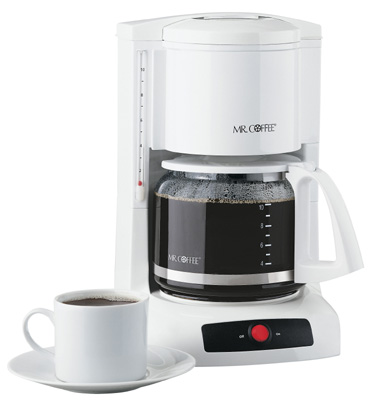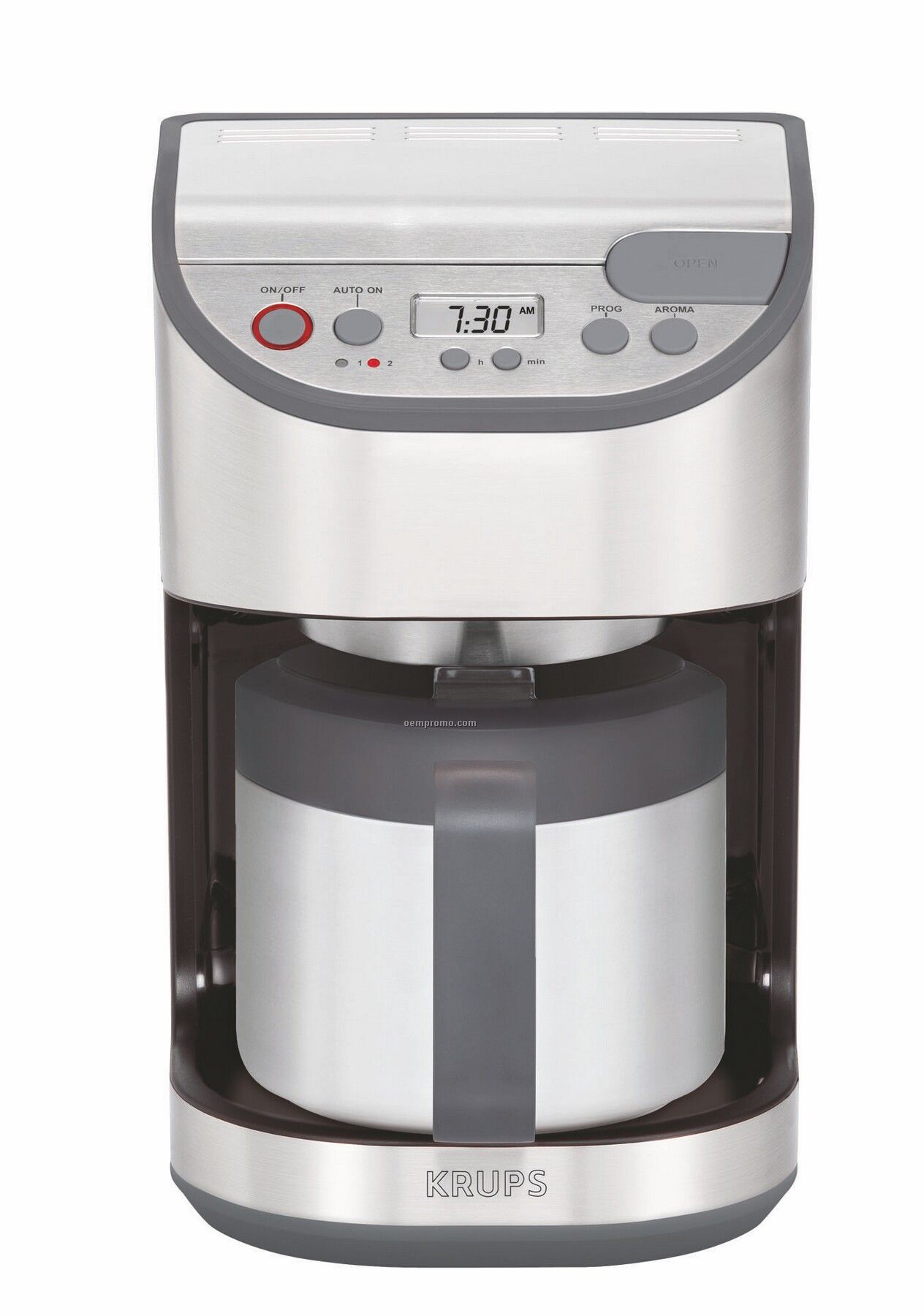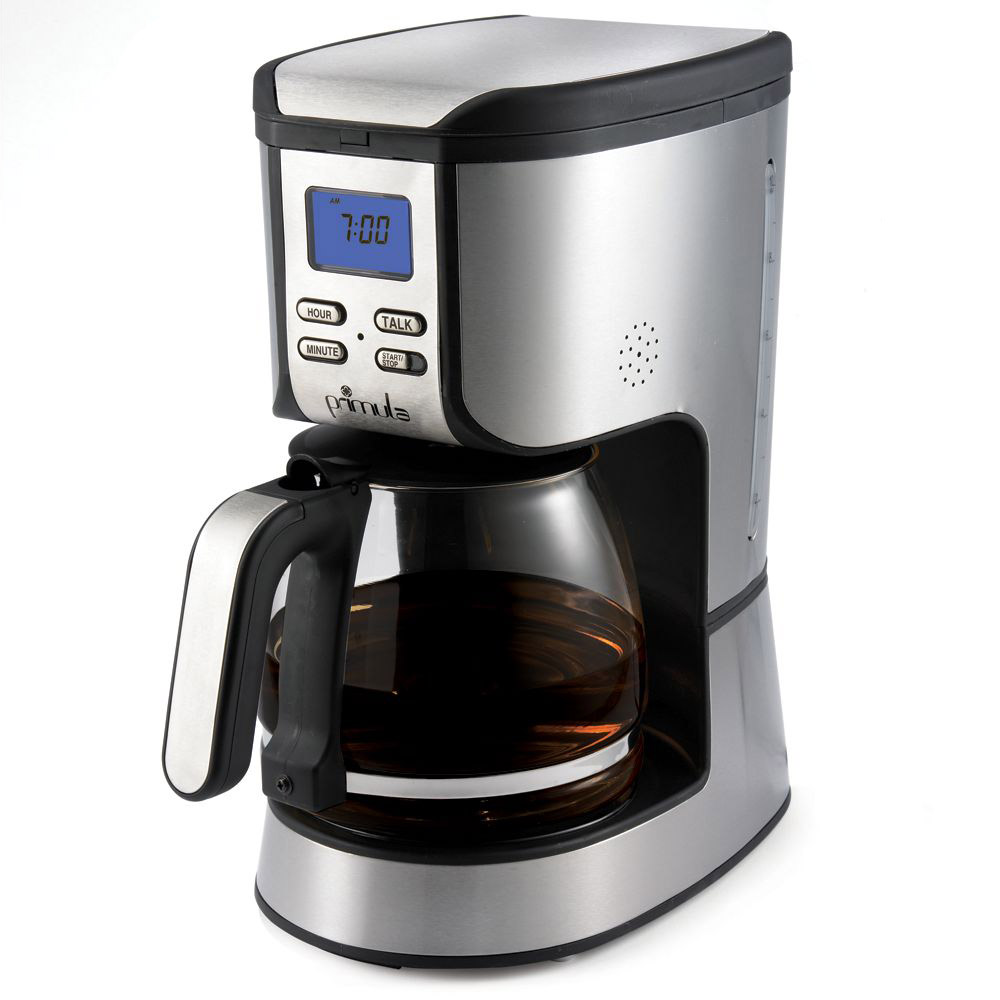Coffee makers
For hundreds of years, making a cup of coffee was a simple process. Roasted and ground coffee beans were placed in a pot or pan, to which hot water was added, followed by attachment of a lid to commence the infusion process. Throughout the 19th and even the early 20th centuries, it was considered adequate to add ground coffee to hot water in a pot or pan, boil it until it smelled right, and pour the brew into a cup.
The first modern method for making coffee—drip brewing—is more than 125 years old, and its design had changed little. The biggin, originating in France ca. 1800, was a two-level pot holding coffee in an upper compartment into which water was poured, to drain through holes in the bottom of the compartment into the coffee pot below. Around the same time, a French inventor developed the "pumping percolator", in which boiling water in a bottom chamber forces itself up a tube and then trickles (percolates) through the ground coffee back into the bottom chamber.
















No comments:
Post a Comment